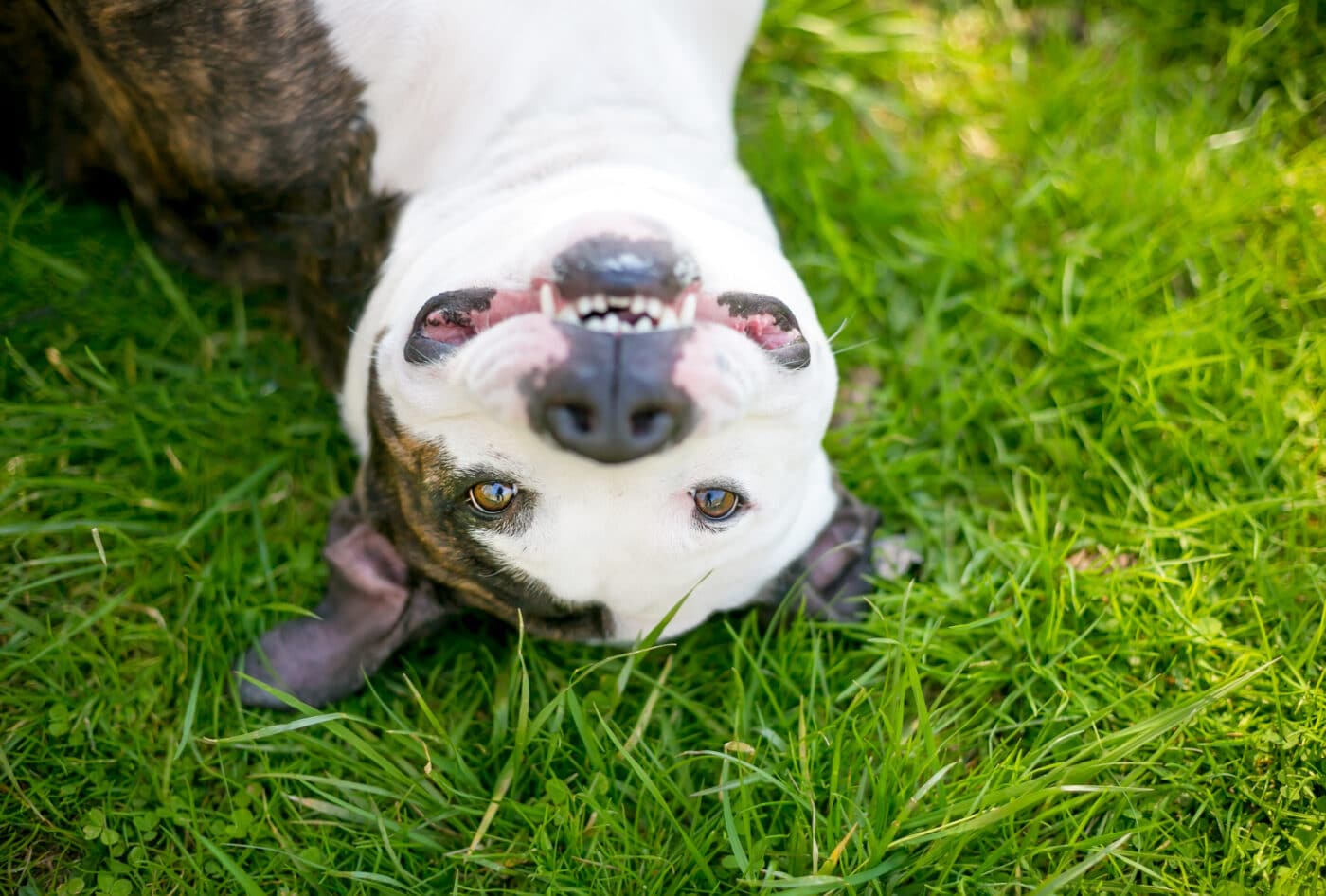 Shutterstock
Shutterstock
Dogs are known for their quirky behaviors, but one of the most perplexing (and often embarrassing) actions is humping. Whether it’s humping objects, other dogs, or even people, this behavior leaves many dog owners scratching their heads. Contrary to popular belief, humping isn’t always sexual. Dogs hump for a variety of reasons, ranging from excitement and dominance to anxiety or even medical conditions. Understanding why dogs engage in this behavior can help owners appropriately address and manage the root cause.
Excitement and Playfulness
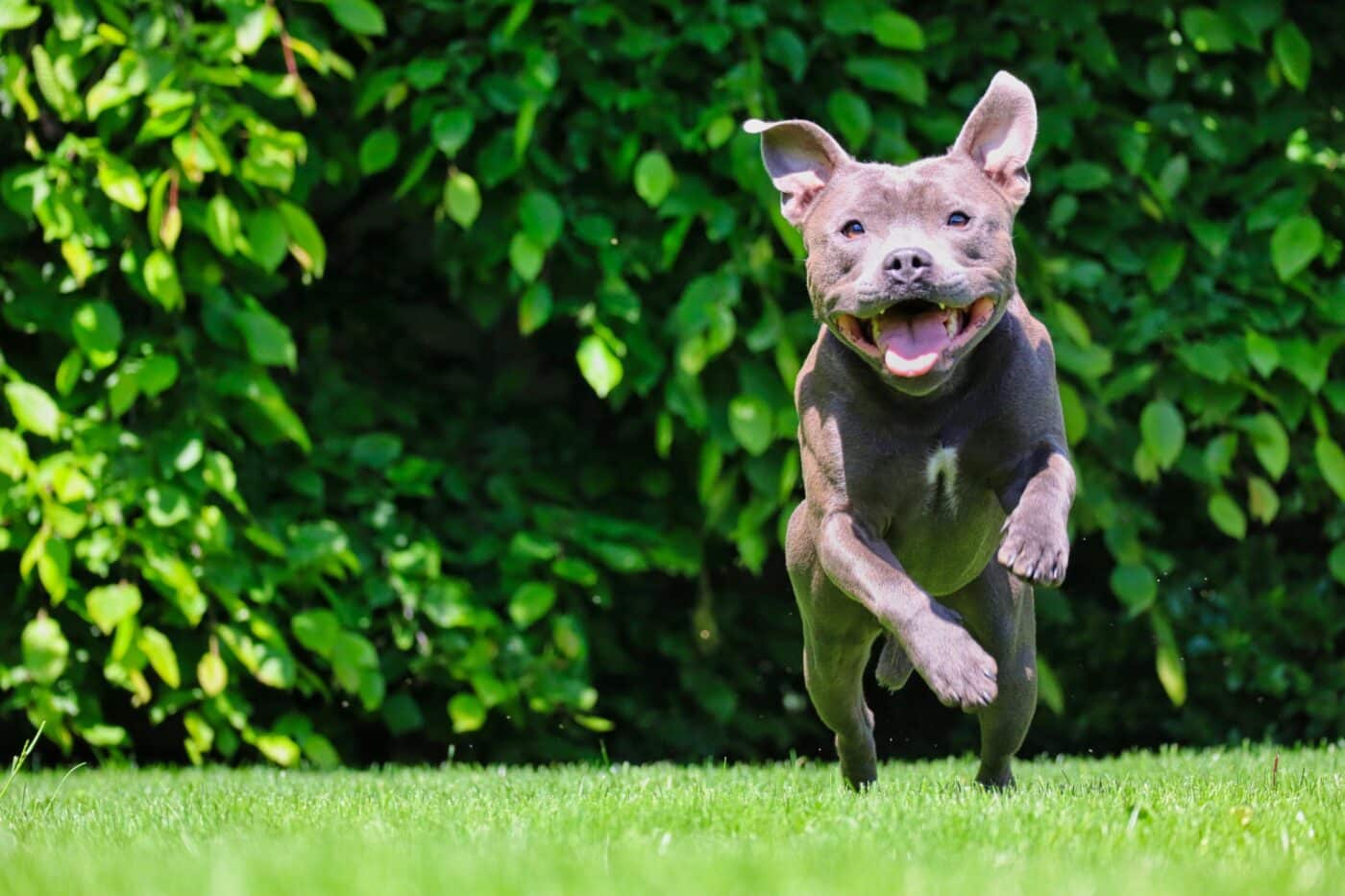 Shutterstock
Shutterstock
One of the most common reasons dogs hump is pure excitement or playful energy. When dogs are highly stimulated during playtime or when they meet new people or other dogs, they can become overwhelmed with energy. This excess excitement can manifest in humping behavior. It’s not uncommon to see dogs start humping during a play session or when they get overly enthusiastic about a toy or new experience. In these cases, humping is simply a way for dogs to express their excitement and burn off excess energy. Though harmless, it can become a learned behavior if not addressed early.
Asserting Dominance
 Shutterstock
Shutterstock
Humping can also be a way for dogs to assert dominance over other dogs, people, or even objects. In multi-dog households, humping may occur as part of establishing a social hierarchy. Dogs may mount others to display dominance or control over their environment. Although dominance humping is more commonly observed between dogs, some dogs may attempt to assert dominance over humans or household objects in the same way. It’s important to note that not all humping is related to dominance, but when it is, addressing the behavior with training and boundaries can help prevent it from becoming problematic.
Anxiety and Stress Relief
 Shutterstock
Shutterstock
Just like humans have nervous habits, dogs can engage in certain behaviors to cope with anxiety or stress. Humping can become a self-soothing behavior that dogs use to relieve anxiety. This is particularly common in dogs that experience separation anxiety, fear of loud noises, or other stressful situations. If your dog begins humping more frequently in response to anxiety-inducing events, it may be their way of managing stress. In such cases, finding ways to alleviate the dog’s anxiety—such as providing a safe space, using calming techniques, or consulting a behaviorist—can reduce the humping behavior.
Medical Issues or Discomfort
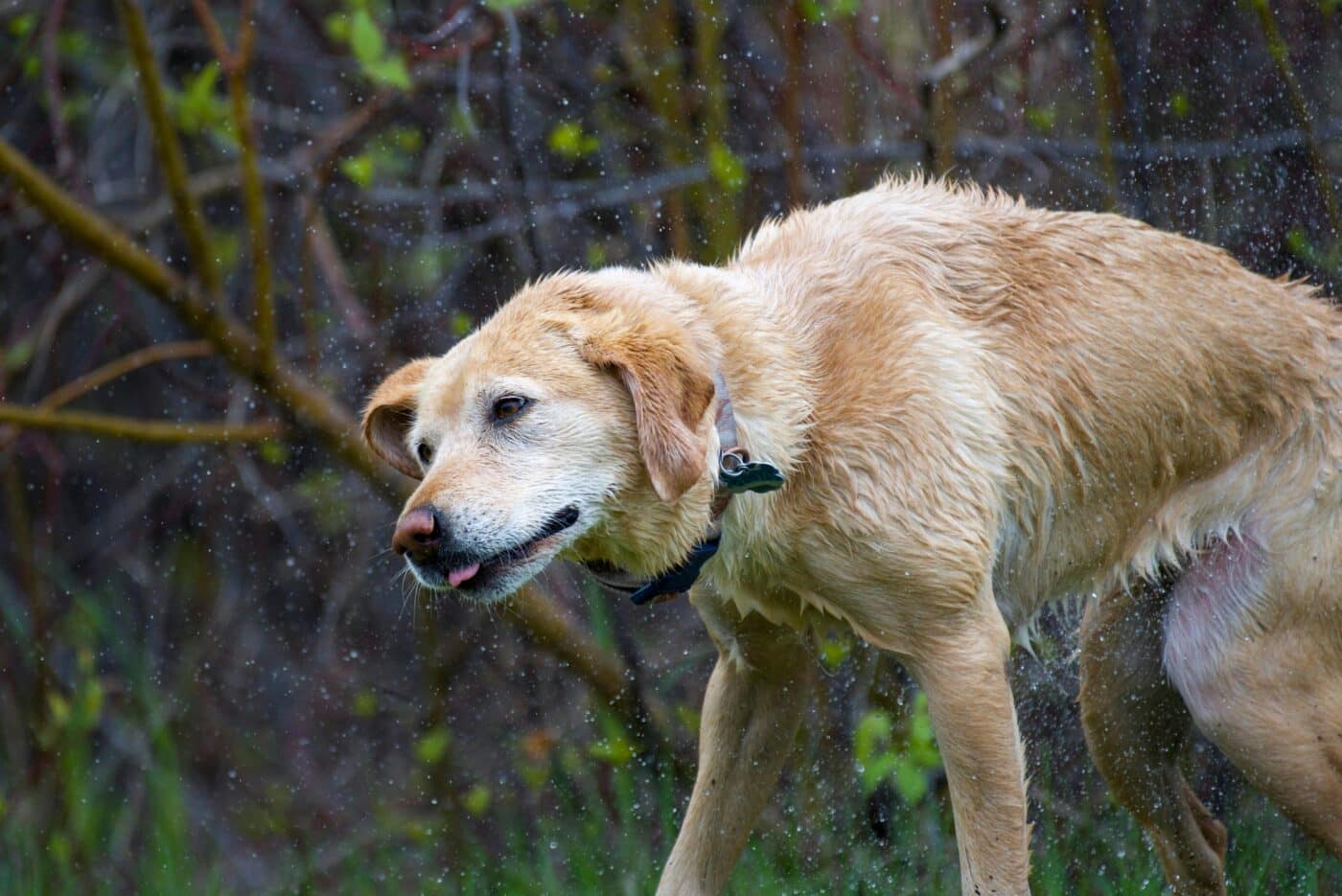 Shutterstock
Shutterstock
Sometimes, humping can be a sign that your dog is experiencing a medical issue or physical discomfort. Urinary tract infections, skin allergies, or irritation in the genital area can cause dogs to hump as a way to relieve itching or discomfort. If your dog suddenly starts humping excessively and it’s accompanied by signs of discomfort—such as frequent licking, restlessness, or changes in urination habits—it’s worth taking them to the vet for a check-up. In some cases, addressing the underlying medical condition can eliminate the humping behavior altogether.
Sexual Behavior in Unneutered Dogs
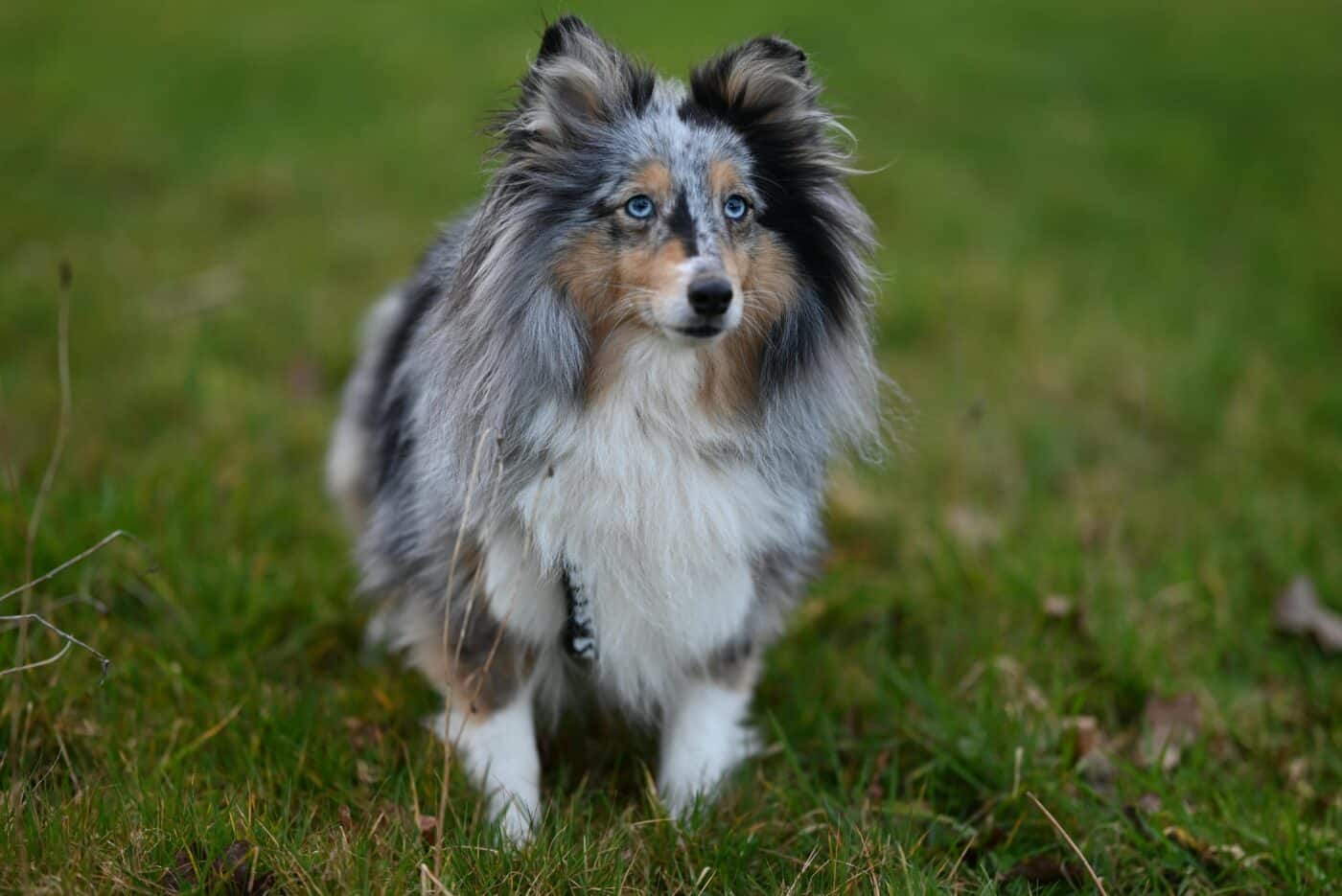 Shutterstock
Shutterstock
While not the only reason for humping, sexual behavior can be a factor, particularly in unneutered or unsprayed dogs. Hormonal changes in intact dogs can lead to humping as a natural part of sexual behavior. Male dogs, in particular, may hump objects, other dogs, or people when they are in heat or encounter a female dog in heat. In these cases, neutering or spaying can often reduce the frequency of humping, although it’s not guaranteed to eliminate it entirely, especially if the behavior has become habitual.
Boredom or Lack of Stimulation
 Shutterstock
Shutterstock
A bored dog is often a mischief-making dog, and humping can be one of the behaviors that emerge when dogs don’t have enough physical or mental stimulation. Dogs with pent-up energy may resort to humping as a way to entertain themselves or seek attention. If your dog is regularly humping, it might be a sign that they need more exercise, interactive playtime, or mental stimulation. Providing your dog with more activities, such as walks, puzzle toys, or obedience training, can help redirect their energy away from humping and towards more appropriate outlets.
Attention-Seeking Behavior
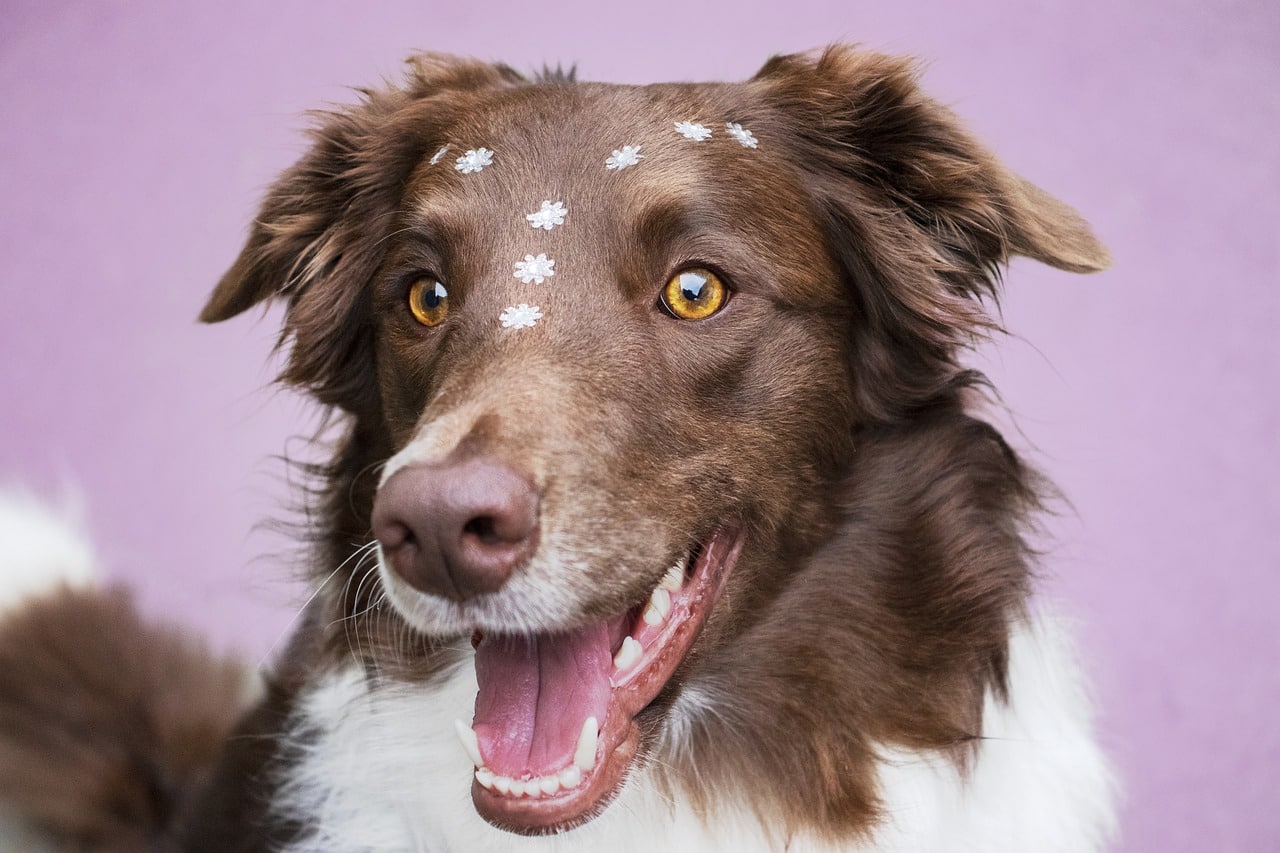 Shutterstock
Shutterstock
Dogs are quick to pick up on the fact that certain behaviors get a reaction from their owners, and humping is no exception. Some dogs learn that humping gets their owner’s attention, whether it’s laughter, scolding, or attempts to stop the behavior. In these cases, the dog may hump as a way to seek attention, even if the response they get is negative. Ignoring the behavior and redirecting the dog’s attention to something positive, such as a toy or game, can help reduce attention-seeking humping. Positive reinforcement for calm behavior also reinforces more appropriate actions.
Overstimulation in Social Settings
 Shutterstock
Shutterstock
In highly stimulating environments, such as dog parks or crowded places, dogs can become overstimulated, leading to behaviors like humping. This can happen when other excited dogs surround a dog or in a busy environment with many new sights, sounds, and smells. Humping in these situations is often a response to the overwhelming stimuli rather than any particular social interaction. Monitoring your dog in such settings and giving them breaks to calm down can help prevent overstimulation-related humping. Training your dog to stay calm and focused during social situations can minimize this behavior.
Habitual Behavior
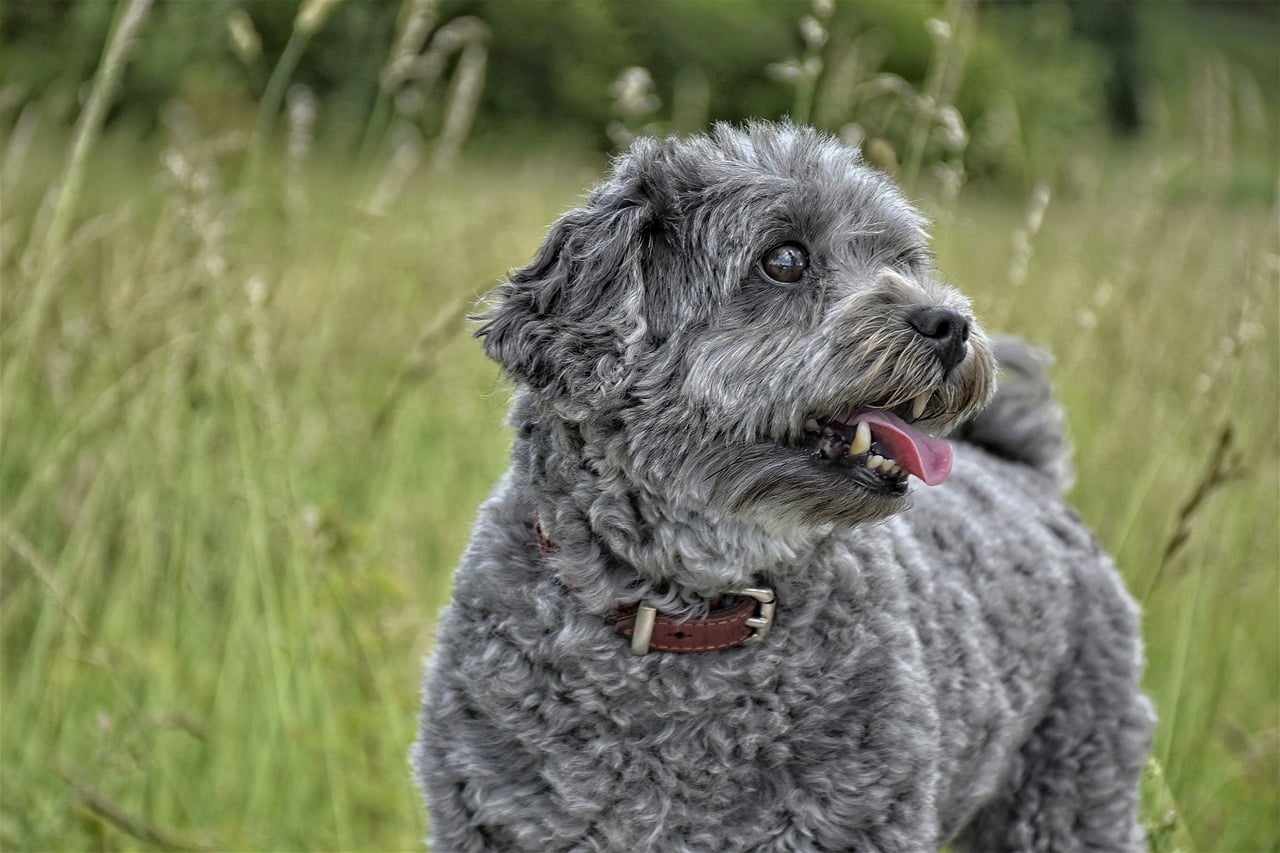 Shutterstock
Shutterstock
For some dogs, humping can become a learned or habitual behavior. If a dog has been allowed to hump without interruption or redirection, it can become a habit that they engage in out of routine rather than for any specific reason. In these cases, consistent training and redirection are necessary to break the cycle. Teaching your dog alternative behaviors and providing them with clear boundaries will help reduce habitual humping. Patience is key, as breaking a habit takes time, but with consistent training, your dog can learn to replace humping with more appropriate actions.
Social Awkwardness or Miscommunication
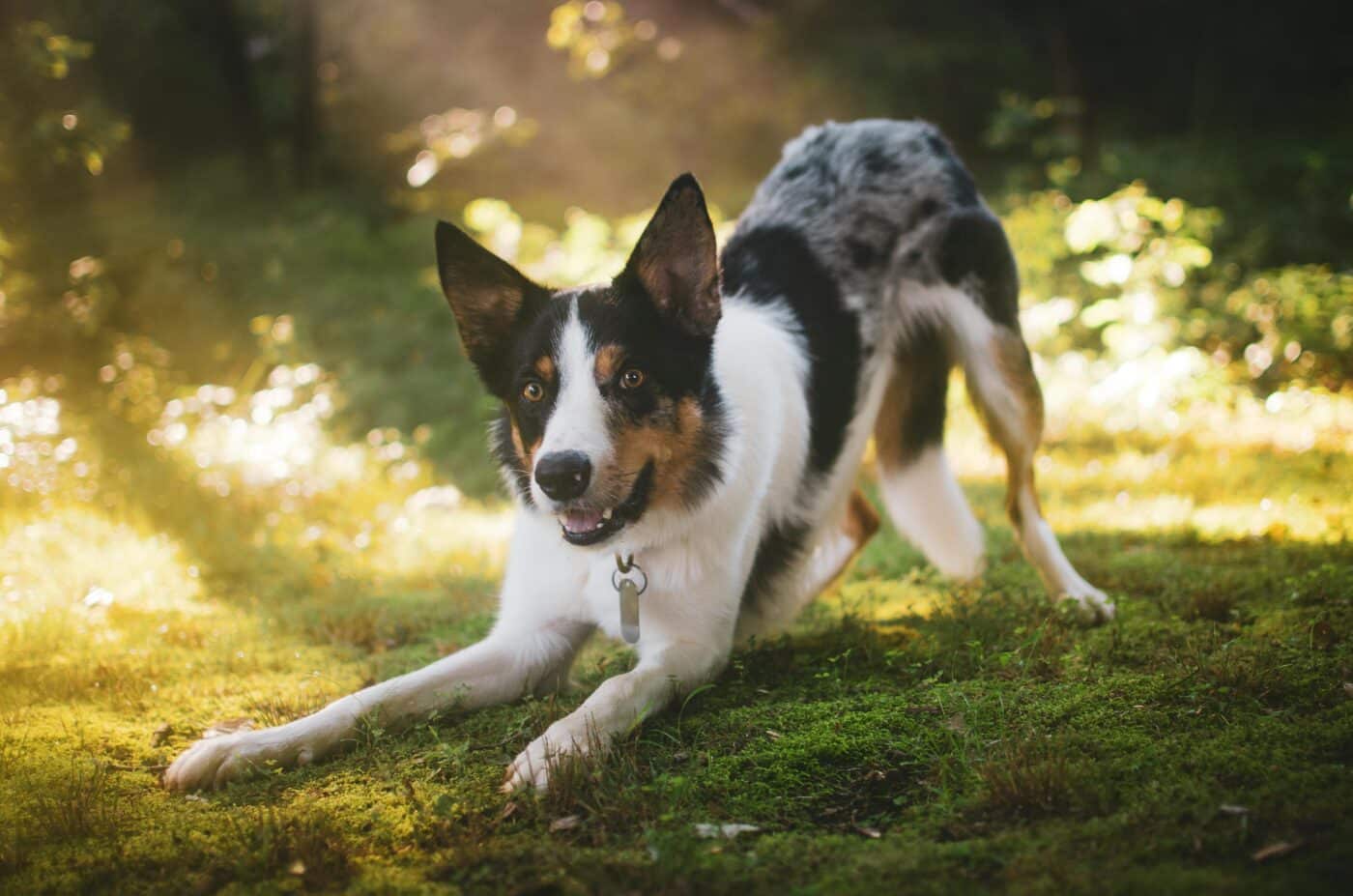 Shutterstock
Shutterstock
Dogs don’t always read social cues perfectly, and humping can sometimes be a result of social awkwardness or miscommunication with other dogs. In dog-to-dog interactions, humping can be a sign that one dog is unsure how to interact or is trying to assert dominance in a socially inappropriate way. In such cases, the dog may not have learned proper social skills or boundaries, especially if they weren’t well-socialized as a puppy. Regular, controlled socialization with other well-behaved dogs can help teach your dog better ways to interact, reducing the need for humping as a means of communication.
Lack of Socialization
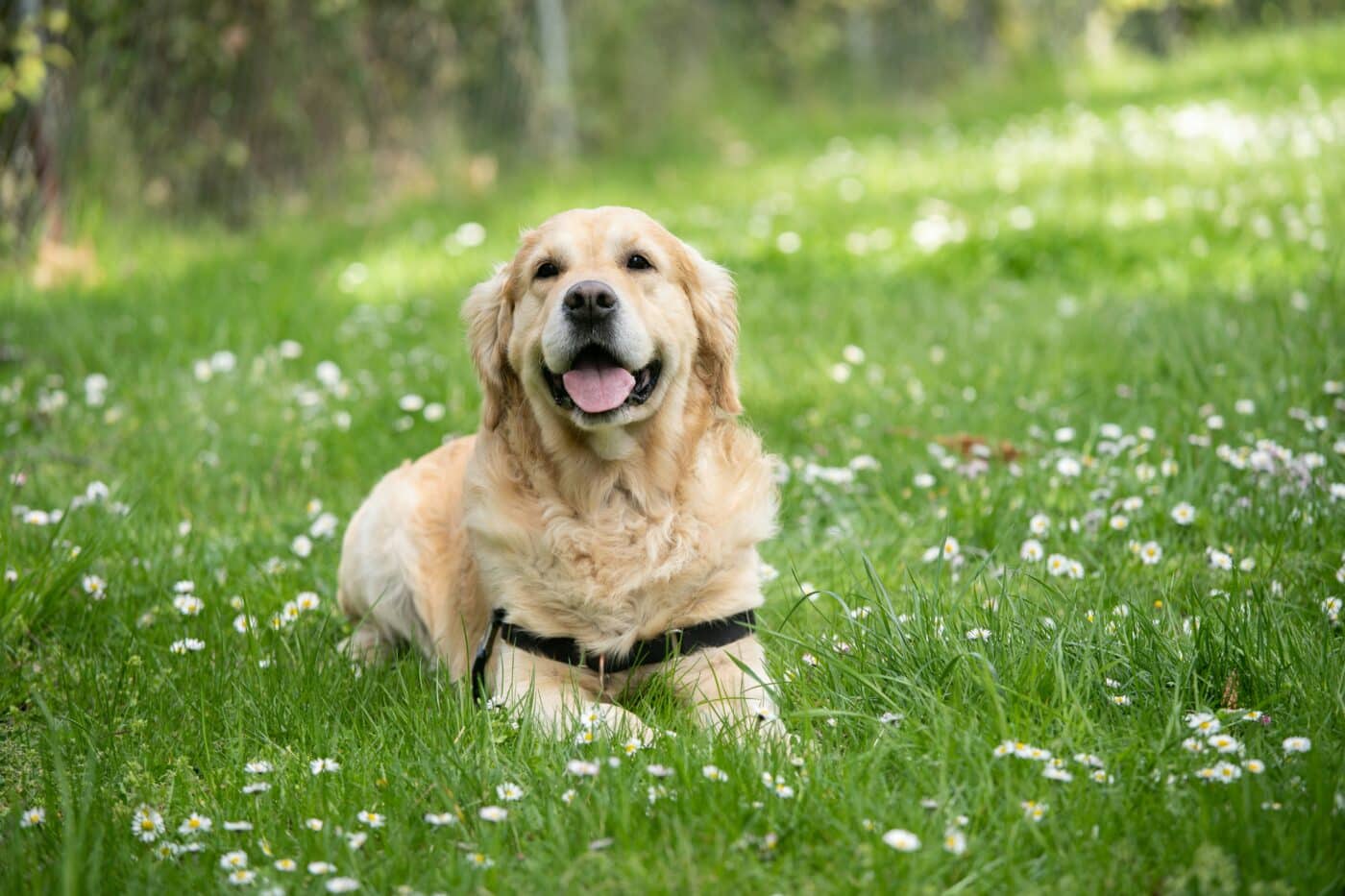 Shutterstock
Shutterstock
Dogs that haven’t been properly socialized may resort to humping as a way of navigating new social situations. When a dog is unsure how to interact with other dogs or people, humping can become a default behavior, especially in unfamiliar environments. This can be a sign that the dog hasn’t learned appropriate social behaviors, which can often happen if they’ve had limited interactions with other dogs during their formative months. By gradually increasing your dog’s exposure to different environments and controlled social interactions, you can help them develop better social skills and reduce humping as a response to uncertainty.
Overstimulation During Grooming or Handling
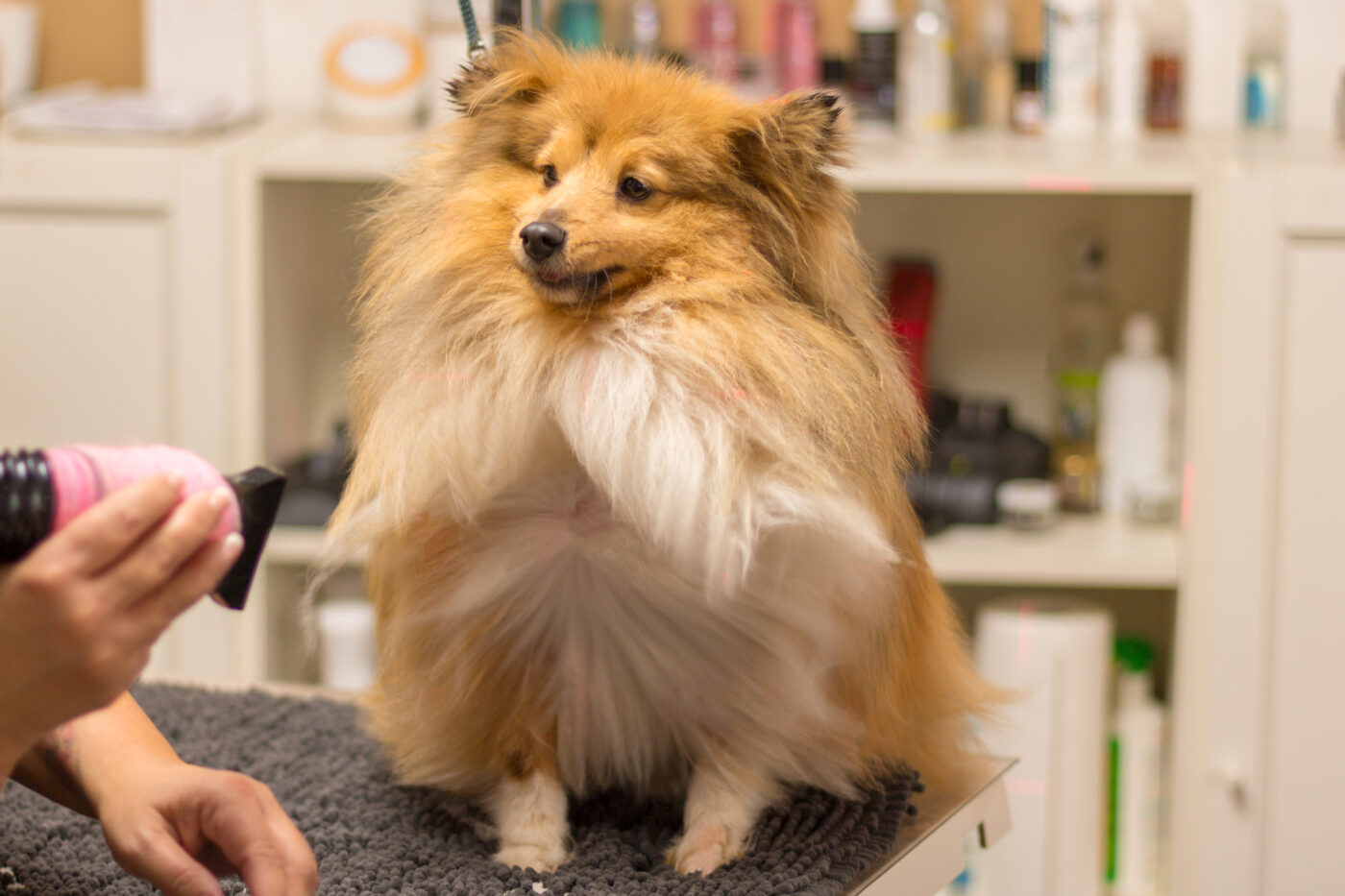 Shutterstock
Shutterstock
Some dogs may start humping during grooming or handling sessions, particularly if they find the process overstimulating. Touching certain areas of a dog’s body can trigger heightened arousal or anxiety, which may result in humping as a coping mechanism. This behavior is more common in dogs that are sensitive to touch or unfamiliar with being handled. To address this, it’s important to desensitize your dog to grooming and handling gradually, rewarding calm behavior throughout the process. This will help your dog feel more comfortable during grooming, reducing the likelihood of humping due to overstimulation.
The Unhumpable Truth
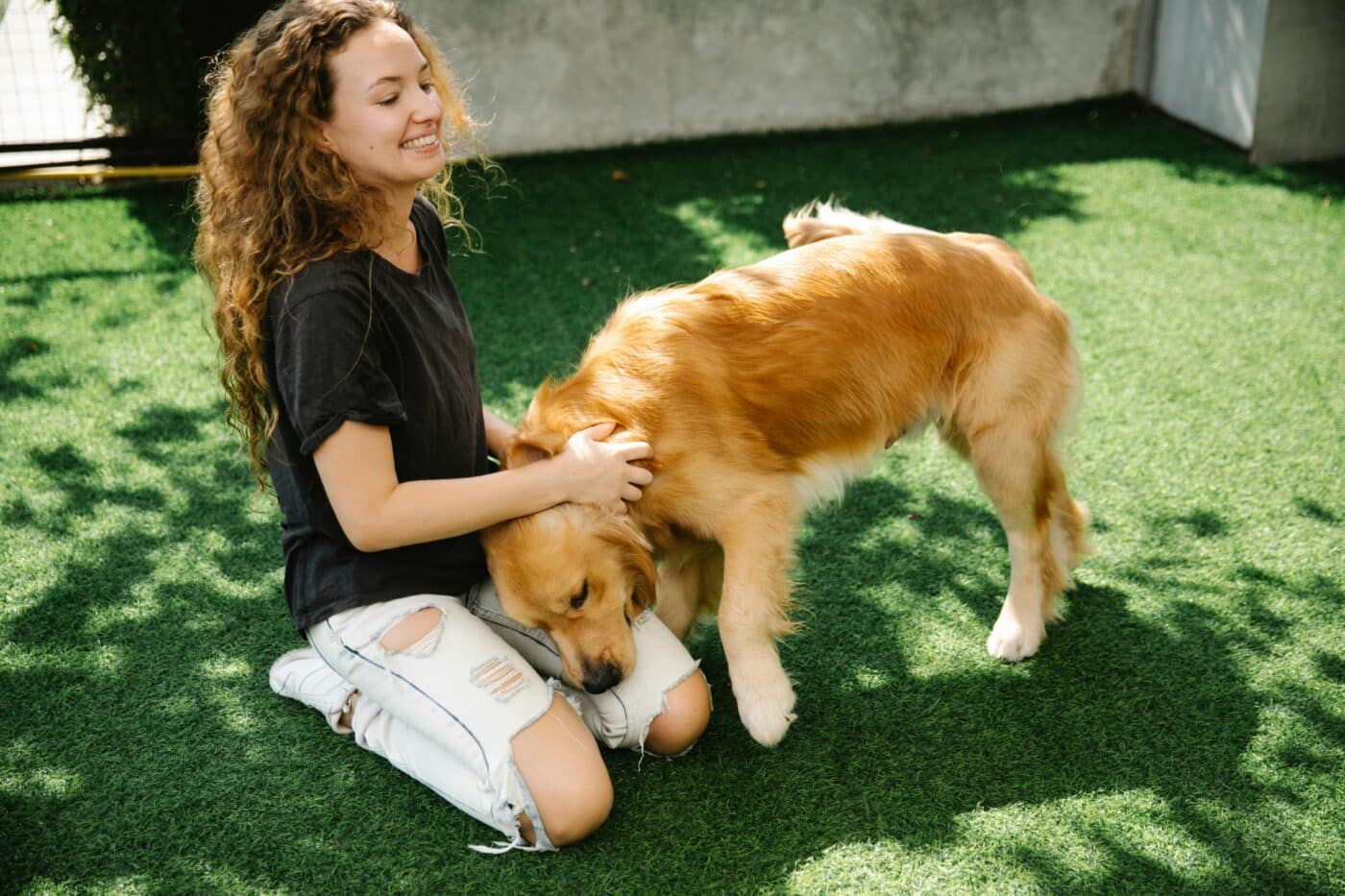 Shutterstock
Shutterstock
Humping is a normal canine behavior, though its meaning can vary depending on the situation. Whether your dog is humping due to excitement, anxiety, or boredom, understanding the root cause is essential to addressing it properly. While it can be embarrassing or inconvenient, humping is rarely about dominance or sexual behavior. With patience, consistent training, and sometimes a vet visit, you can help your dog navigate the world without resorting to humping everything in sight. It’s just one of their many quirky communication methods in dogs!
 Toledo, United States.
Toledo, United States.